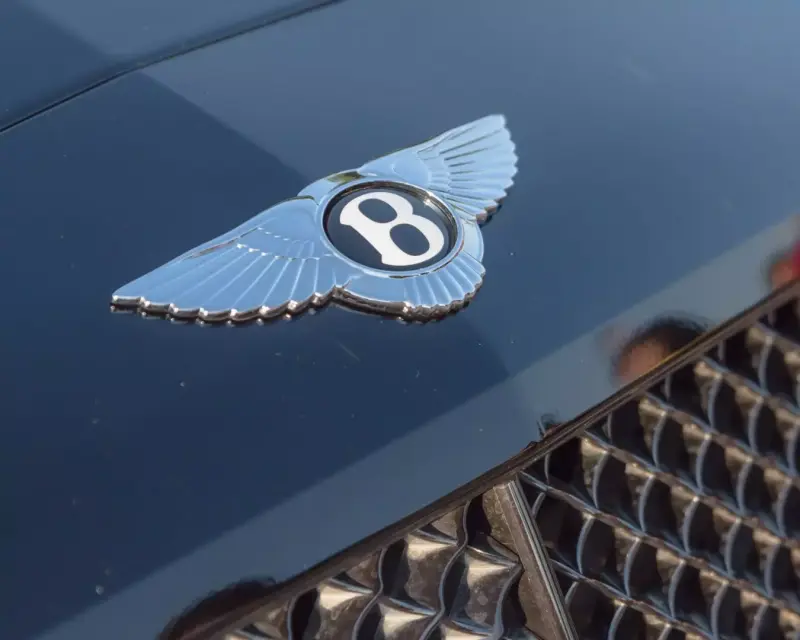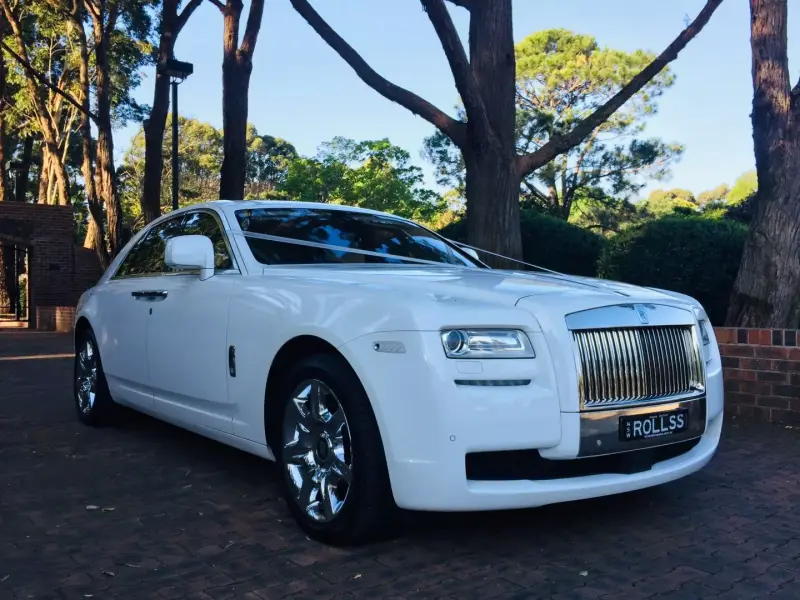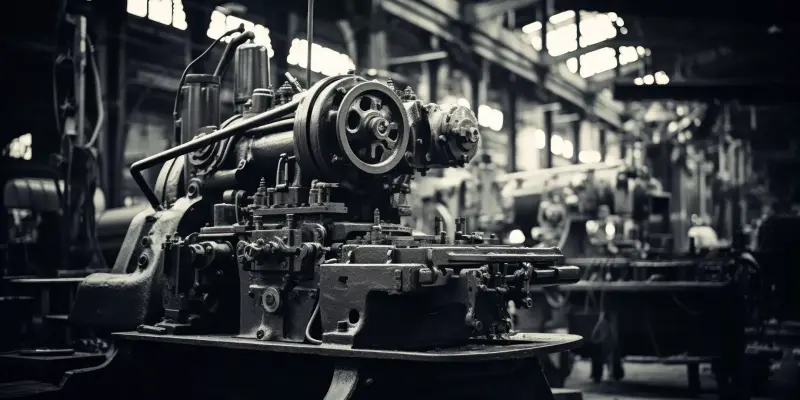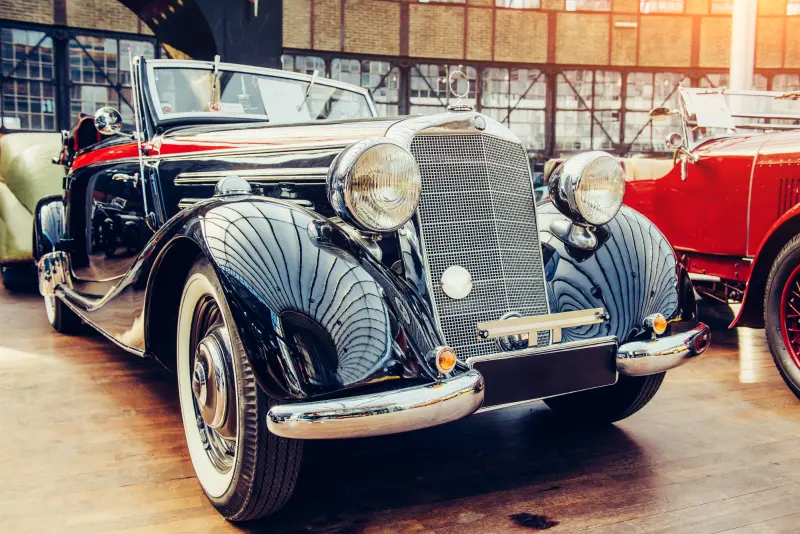We take a quick look at Bentley's history in this article. Explore milestones, iconic models, and the visionary individuals who shaped Bentley's enduring legacy.
When did Bentley start making cars?
The narrative of Bentley, a brand deeply synonymous with opulence and power, possesses a fascinating and rich history. Let us transport back to 1919, when two ardent car enthusiasts, Walter Owen Bentley and Horace Millner Bentley, revolutionised the automotive world by founding Bentley Motors in the district of Cricklewood, North London.
Amidst the tumultuous backdrop of the First World War, W.O. Bentley had a compelling vision to design cars that seamlessly combined performance and luxury. However, this was not an easy journey. The economic crises triggered by the war posed significant challenges.
Yet, notwithstanding these obstacles, Bentley launched its first car, the Bentley 3 Litre, in 1921. This exceptional creation was a true testament to W.O. Bentley's passion for racing and high-performance engines, and it triumphed in several Le Mans races.
Gradually, the "3 Litre" evolved into a universal symbol of Bentley, embodying distinct luxury and extraordinary speed. In summary, Bentley's start was not too smooth given the circumstances, but the vision of its founders and the company's passion for combining luxurious elegance with performance led it to introduce a car like the Bentley 3 Litre. This, in turn, has set the benchmark for the brand, making Bentley a leader in the sphere of luxury automobiles.
When did Woolf Barnato buy Bentley?
The period famously known as the "Roaring Twenties" did not shine brightly for Bentley. Despite showcasing a remarkable line of automobiles, the company unfortunately found itself grappling with substantial financial difficulties.
In this dark hour, Woolf Barnato entered the scene. Barnato, a well-established South African diamond merchant and British financier, audaciously decided to extend his wealth and shore up the resources of a financially floundering Bentley in 1925.

The role that Barnato played cannot be overemphasised. His financial backing and hefty investment, more than merely saving Bentley from the clutches of financial bankruptcy, enabled this prestigious motor company to thrive. Buoyed by his support, Bentley was able to dive into the creation of innovative automotive concepts, reflected in the expansion of its product line-up.
Soon after, the motoring world bore witness to the birth of the Bentley Speed Six, a regal beast of a car that seamlessly fused raw power with unparalleled luxury. This breathtaking machine was not only a marvel to behold in terms of its aesthetic appeal and engineering brilliance. It was also the vehicle that propelled Bentley into the limelight on the global stage.
The Bentley Speed Six turned heads not only in showrooms but also on the race tracks. It was a key contender that held its own against fierce competition and was instrumental in adding more accolades to Bentley’s trophy shelf. The crowning glory of it all was its glorious triumph at none other than the prestigious Le Mans race.
And so, against the backdrop of mounting odds, Bentley rose from the ashes, self-assured, resilient, and ready to conquer the world of luxury automobiles. It was a brand poised to change the landscape of the automotive industry forever. Thanks to Barnato's foresight and determination, Bentley was able to weather a financial storm and emerge, not only intact but stronger than ever before, forever etching its name in the annals of motoring history.
When did Rolls-Royce buy Bentley?
Back in the 1930s, during the challenging times of the Great Depression, the renowned car company, Bentley, unfortunately found itself grappling with substantial financial difficulties once again. Following the Wall Street crash of 1929, the global economic downfall had a significant impact on many businesses, and Bentley was not exempt.

In the midst of these economic difficulties, Rolls-Royce, another esteemed car manufacturer, astutely viewed this as a fortuitous opportunity. In 1931, motivated by strategic industry dominance, they decided to acquire Bentley. This decision dramatically altered Bentley's future. The acquisition by Rolls-Royce had a profound and somewhat controversial impact on Bentley's production processes.
Under the guidance of its new owners, Bentley's production subtly shifted to more closely emulate the designs, features, and quality of Rolls Royce cars. This change, while ushering the firm into a prosperous era, also caused a sense of polarity among car enthusiasts.
The Bentley brand, once a fierce rival and competitor of Rolls Royce, was gradually overshadowed by its new parent company. For many, it felt like Bentley, a brand that once stood for individuality and fierce competition, was slowly being absorbed into the design and production aesthetics of Rolls Royce. This controversial move marked a significant change in the automotive industry, reshaping the identity and future course of one of Britain's most celebrated car marques.
When did Bentley move to Crewe?
While Bentley and Rolls-Royce were progressing well, World War Two had a profound effect, halting all car production. Unable to continue operations during these tumultuous times, Rolls-Royce made the strategic decision in 1946 to transfer the manufacturing hub for Bentley automobiles to the town of Crewe in Cheshire. This objective was to resume production as soon as the situation permitted.
The transfer to Crewe not only marked a significant change in Bentley's operational scope but also influenced its future dramatically. It was in this fresh setting that the iconic Bentley Mark VI came to life, marking a milestone in Bentley's history.
This remarkable car was Bentley’s first-ever complete car created entirely in-house, right from the initial design sketches to final assembly. The decision trusted upon Crewe facilitated the congenial conditions for Bentley to resume production after such a significant standstill represents a turning point in the company's history.
This shift also initiated a new chapter of innovation and engineering excellence that echoed in Bentley's future models, catapulting the brand to new heights of success and popularity in the car industry.
In retrospect, the events that unfolded in 1946, particularly the relocation to Crewe, have had a considerable impact on Bentley's destiny, essentially scripting a saga of resilience that has resonated through the decades. They've paved the way for Bentley, allowing them to build on its legacy and reinforce their brand value while overcoming numerous historically challenging times.

When did Vickers buy Bentley?
In the lively 1980s, an age characterised by corporate acquisitions and exchanges, a pivotal shift in Bentley's ownership took place. Vickers, a powerhouse of British engineering, set its eyes on Rolls-Royce Motors, another stalwart of the British automotive industry. This strategic acquisition resulted in reverberations felt deeply by Bentley.
The said acquisition indirectly led to Bentley transitioning into a fresh era under a new ownership. With this change came twists and turns that eventually led to a significant resurgence for the once-languishing brand. Under Vickers, Bentley was able to redefine its image, pulling itself from the immense shadow cast by Rolls-Royce. Bentley began its journey under Vickers' ownership fully aware of the hefty task ahead.
The brand had to innovate and emerge out of Rolls-Royce’s shadow with a distinctive identity and signature models to stand out in the global luxury car marketing arena. Showing fortitude and tenacity in its revival efforts, Bentley didn’t just bounce back; it did so with aplomb.
The brand became synonymous with luxury, performance, design innovation and technological advancements. It robustly introduced a series of distinctive models that significantly contributed to its brand image. Pick of the bunch were iconic models such as the Bentley Brooklands, Azure, Continental T, Continental R, and the Flying Spur.
Each model bore testament to Bentley's resurgence, exhibiting a distinct blend of luxury and performance. The Brooklands, for instance, became a symbol of the brand's connectivity to its traditional roots of grandeur and uncompromising quality.
Taking an opulent approach, Bentley chose to provide a coupe design for Azure, exuding timeless elegance, and demonstrating the brand's commitment to providing exclusive high-end luxury vehicles. Another landmark model, the Continental T, was a superb blend of design and technology.
Not to forget, Continental R and the Flying Spur, the latter became the embodiment of luxury, athleticism and power. The reinvention of Bentley under Vickers' ownership thus led to the brand realising its true potential. Steering itself through a time of change, Bentley was able to redefine its standing in the automotive world, emerging from the shadow of its past to create a unique identity of its own.
Are you looking for Bentley Continental servicing in Sittingbourne and Kent? Our independent Bentley specialist offers repairs, diagnostics and repairs.


